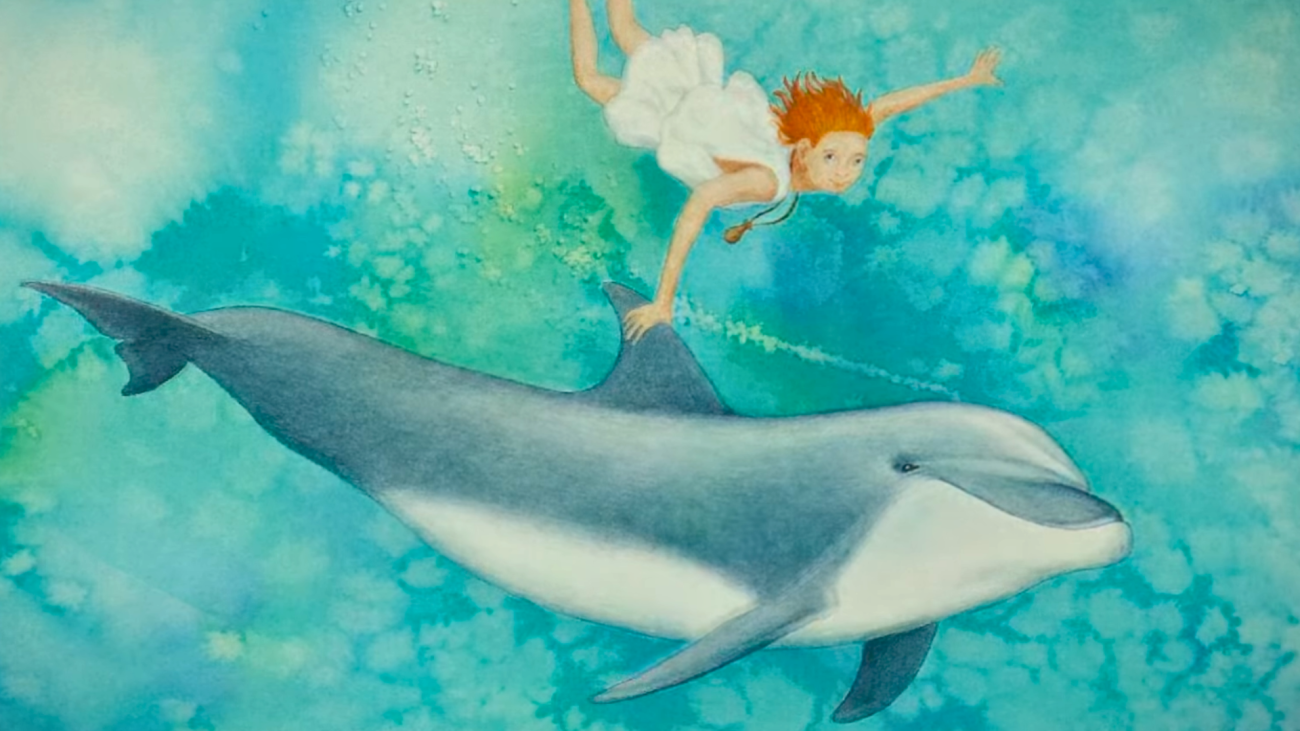Marine biologist Raquel Gaspar received an emergency call: a dolphin was in danger, trapped in the Sado Estuary in her native Portugal.
Rescuers rushed to the scene to find the dolphin stuck in shallow mud. His massive size and weight, roughly equivalent to a grand piano, made transport impossible through the water. So Raquel took an unprecedented decision: to airlift him by helicopter.
The dolphin was called Asa, the Portuguese word for ‘wing’. As the helicopter hovered over the water and rescuers struggled to tie him securely to a rope dangling from its base, Asa faced the prospect of having to live up to his unusual name.
Unsteadily at first, but with growing momentum, the Portuguese Air Force helicopter coursed across houses and highways in a race to get Asa back to his waters alive.
When he landed safely with a splash, Raquel learned an important lesson. It wasn’t about the power of aircraft to rescue dolphins; it was that a bold gamble might just pay off. “It was such a risky decision to risk the life of this dolphin to be lifted in the air and to fly over a few kilometers, but it worked,” she says. “And it tells me that it’s worth risking when we really believe.”
As the founder of Ocean Alive, Portugal’s first co-operative dedicated to ocean protection, Raquel has applied this lesson to her work defending the marine environment.
Her cause is the seagrass meadows, which have enormous power to combat climate change—and yes, to save the dolphins.
“The beauty of the ocean are not the whales and the dolphins; the beauty of the ocean are the habitats that we don’t even know but are the key to support the whales and dolphins,” she explains.
Dolphins eat prey that live in the seagrass meadows. Well-fed dolphins have more and healthier offspring. That makes caring for the seagrass meadows crucial for the marine ecosystem.
But the impact extends to the entire planet. Seagrass meadows absorb 30 times more carbon than forests, so they are an exponentially more efficient tool for combating climate change than terrestrial trees.
Aware of this immense power, Raquel faced the daunting challenge of how to harness it for the sake of the estuaries where the dolphins live. “There’s so much affecting the ocean: the shipyards, the industries, the sewage from so many people living on this estuary, the effluence from agriculture, from the rice fields,” she observes. “How could I do it alone?”
The answer came to Raquel one day when she was out on the estuary and realized that “dolphins and the fishing community have the same need: to have a healthy and extensive marine forest.”
Through Ocean Alive, Raquel began to recruit local fisherwomen to serve as ‘Guardians of the Sea.’
One Sea Guardian, Sandra Lazaro, says her passion for caring for the ocean grew in scope thanks to Raquel’s initiative. “I try to show people that there are seagrass meadows and species which need to be taken care of,” says Sandra. “And today, through Ocean Alive, I can do it for the world.”
Raquel says the advocacy of the United Nations is more than a slogan. “We are now at the UN Decade on Ecosystem Restoration and also of [the UN Decade of] Ocean Science” for Sustainable Development,” she points out. “And the work we’re doing here is linking communities and restoration with science and advocacy.”
These commemorations offer a chance to reach across the globe. “It’s really an opportunity for us to be part of all these international networks of people everywhere that are going on this way.”


